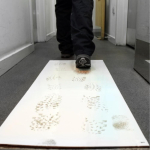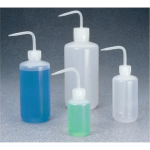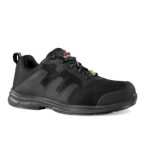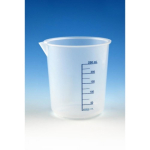Application
Gelatin has been used in many applications. It has been used in coating cell culture to improve attachment of cells, being added to PCR to stabilize Taq DNA, as a blocking reagent in western blotting, ELISA, and immunochemistry, and as a component of media for species differentiation in bacteriology. As a biocompatible polymer, it has been used as a delivery vehicle for release of active biomolecules and in generation of scaffolds for tissue engineering applications. In the pharmaceutical industry, gelatin can be used as a suspending and encapsulating agent, among other applications. This product is recommended for use as a cell culture substratum at 1-5 ?g/cm2or 0.5-50 ?g/mL. The optimal concentration does depend on cell type as well as the application and research objectives.
Caution
Dry gelatin, when stored in airtight containers at room temperature, will remain unchanged for many years. When heated at 100°C in the presence of air, it swells becomes soft and disintegrates to a carbonaceous mass with evolution of pyridine bases and ammonia.
Components
Gelatin is a heterogeneous mixture of water-soluble proteins of high average molecular masses, present in collagen. Proteins are extracted by boiling the relevant skin, tendons, ligaments, bones, etc. in water. Type A gelatin is derived from acid-cured tissue. Type B is derived from lime-cured tissue.
General description
Gelatin from porcine skin is generated from the acidic digestion of collagen and is referred as type A. It comprises majorly glycine, proline and hydroxyproline. Gelatin takes up random coil structure after digestion from the triple helical collagen. It differs from type B bovine gelatin at the N-terminal sequence.
Packaging
100, 500 g in poly bottle
1 kg in poly bottle
Preparation Note
This product is derived from porcine skin. Gelatin is soluble in hot than in cold water. It is practically insoluble in most organic solvents such as alcohol, chloroform, carbon disulfide, carbon tetrachloride, ether, benzene, acetone, and oils. The Bloom number, determined by the Bloom gelometer, is an indication of the strength of a gel formed from a solution of the known concentration. The Bloom number is proportional to the average molecular mass. Bloom numbers of porcine skin Gelatin vary from 90 to 300 g. This product has a gel strength of approximately 300.










